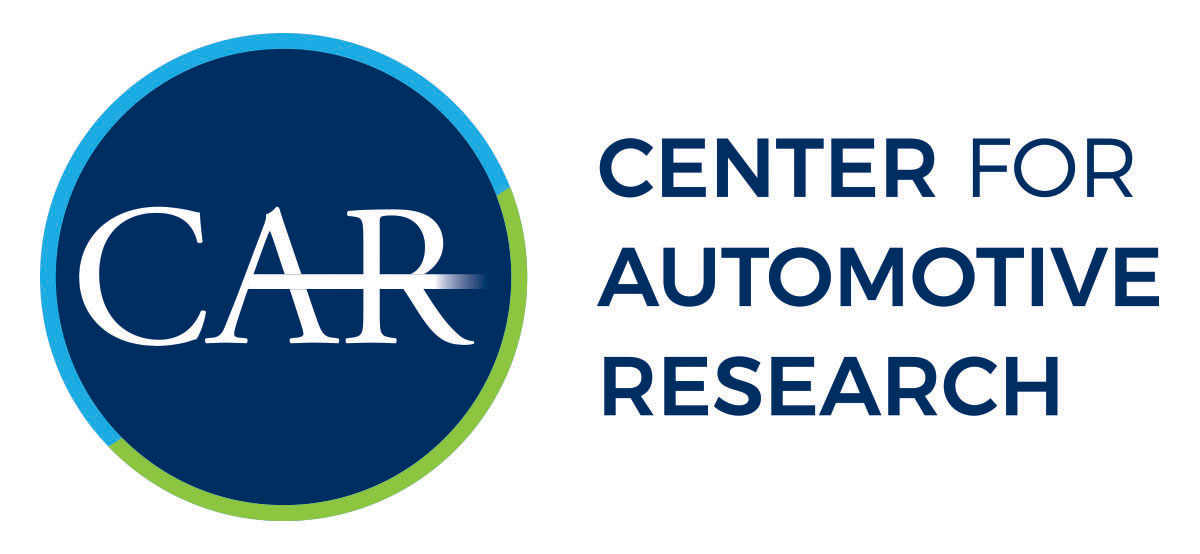Crucial Greenhouse Gas and Corporate Average Fuel Economy(CAFE) Regulation Differences in the United States
Download NowFull Description:
An important transition within the automotive industry is underway as fuel economy and CO2 emissions regulations quickly accelerate through the year 2025. The industry will be required by regulation to increase fuel efficiency of the US fleet from 27.5 miles per gallon (MPG) for passenger cars and 23.4 MPG for light duty trucks in 2010 to an estimated 54.5 MPG for all vehicles in model year 2025. The 54.5 MPG number, widely used by the administration, regulators, and media, is an estimate of what the industry must meet in 2025. In reality, it is a representation of a complex set of measurements. The actual fuel economy target required will depend on a variety of factors and will even differ from manufacturer to manufacturer.
Federal regulatory standards for fuel economy and emissions in the United States are administered by two agencies: The U.S. Environmental Protection Agency (EPA) and the National Highway Transportation Safety Administration (NHTSA). While the standards are to a certain extent harmonized, they are not necessarily in complete alignment. This divergence is due to the differing missions of each agency—the EPA focusing on emissions, and NHTSA on fuel economy. Powertrain technology and alternative fuels have a direct impact on fuel economy and emissions—and the overall compliance strategy for a manufacturer. Certain fuels are more likely to reduce greenhouse and smog-forming emissions as well as petroleum use.
Download Now